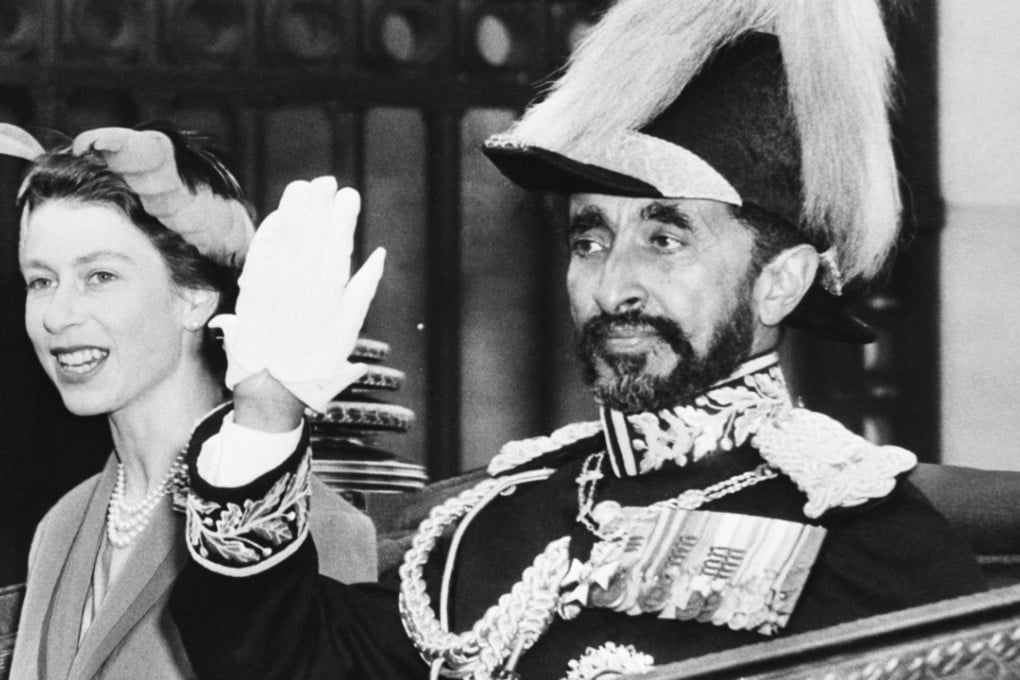Book review: Haile Selassie and the tragedy of Ethiopia
This complicated and misunderstood figure gets a fair-minded biography, one that doesn’t treat him as a figure of fun


by Asfa-Wossen Asserate
Haus Publishing

Haile Selassie is one of the most bizarre and misunderstood figures in 20th-century history, alternately worshipped and mocked, idolised and marginalised. This magnificent biography by the German-Ethiopian historian Asfa-Wossen Asserate (a distant relation of Selassie), translated by Peter Lewis, is diligently researched and fair-minded; he is at last accorded a proper dignity. The book is manifestly a riposte to Ryszard Kapuscinski’s The Emperor: Downfall of an Autocrat, which portrayed the emperor, and indeed Addis Ababa’s entire Amharic elite, as a comic-opera laughing stock.
Selassie came to power as regent of Abyssinia, later Ethiopia, in 1916, but many of the myths around him originated with Mussolini’s invasion of the country in 1935. Selassie and his armies resisted, but he was eventually forced into exile. In 1941, after six years of brutal occupation, the Italians were defeated by British and South African forces and Selassie was allowed to return to his throne in Addis Ababa, where he remained in power until 1974.

The Rastafarian movement was not the only radical current in Jamaica to co-opt Selassie. Marcus Garvey, the Jamaican apostle of black liberation, had condemned the ruler as a “great coward” for fleeing Mussolini’s troops in 1935, yet went on to dub him the “black Christ” of his Back to Africa movement. Inspired by Garvey, and believing in Ethiopia as the one true “Zion”, during the 1950s and ’60s some 2,500 West Indians and African Americans went to live in the vicinity of Addis Ababa, in what is now Shashamane village. Only 300 of their number are believed to remain today.
